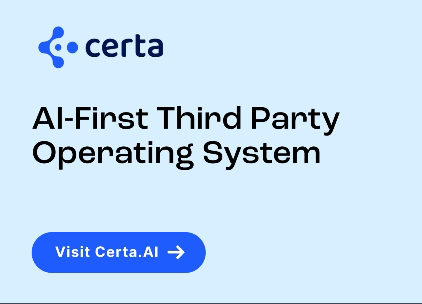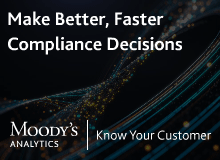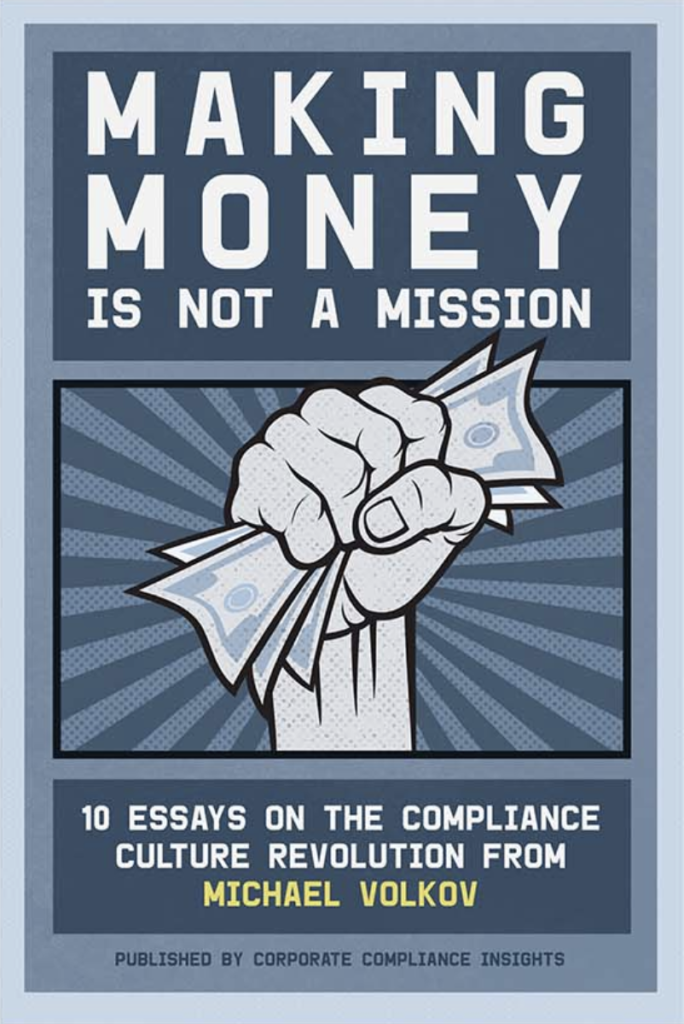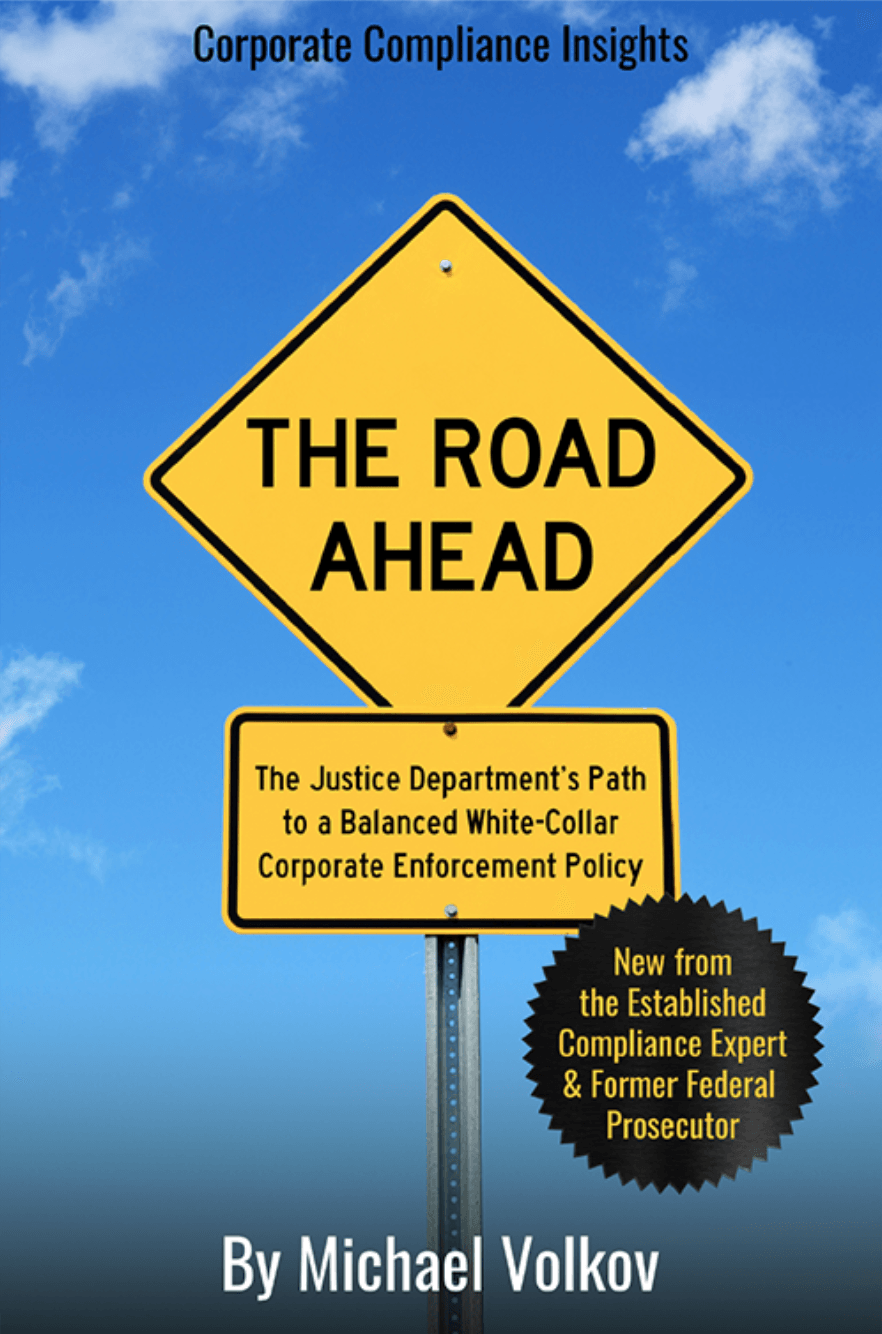March 23 and 24, 2015: Anti-Corruption in Oil and Gas Conference
I am happy to announce that I will be hosting this year’s Anti-Corruption in Oil and Gas Conference conducted by Inside Intelligence on March 23 and 24, 2015, in Houston, Texas. The conference will he held at the Houstonian Hotel, Club and Spa. Last year’s conference was a great success, and I am looking forward to this year’s conference. TheAnti-Corruption in Oil and Gas Conference features...















